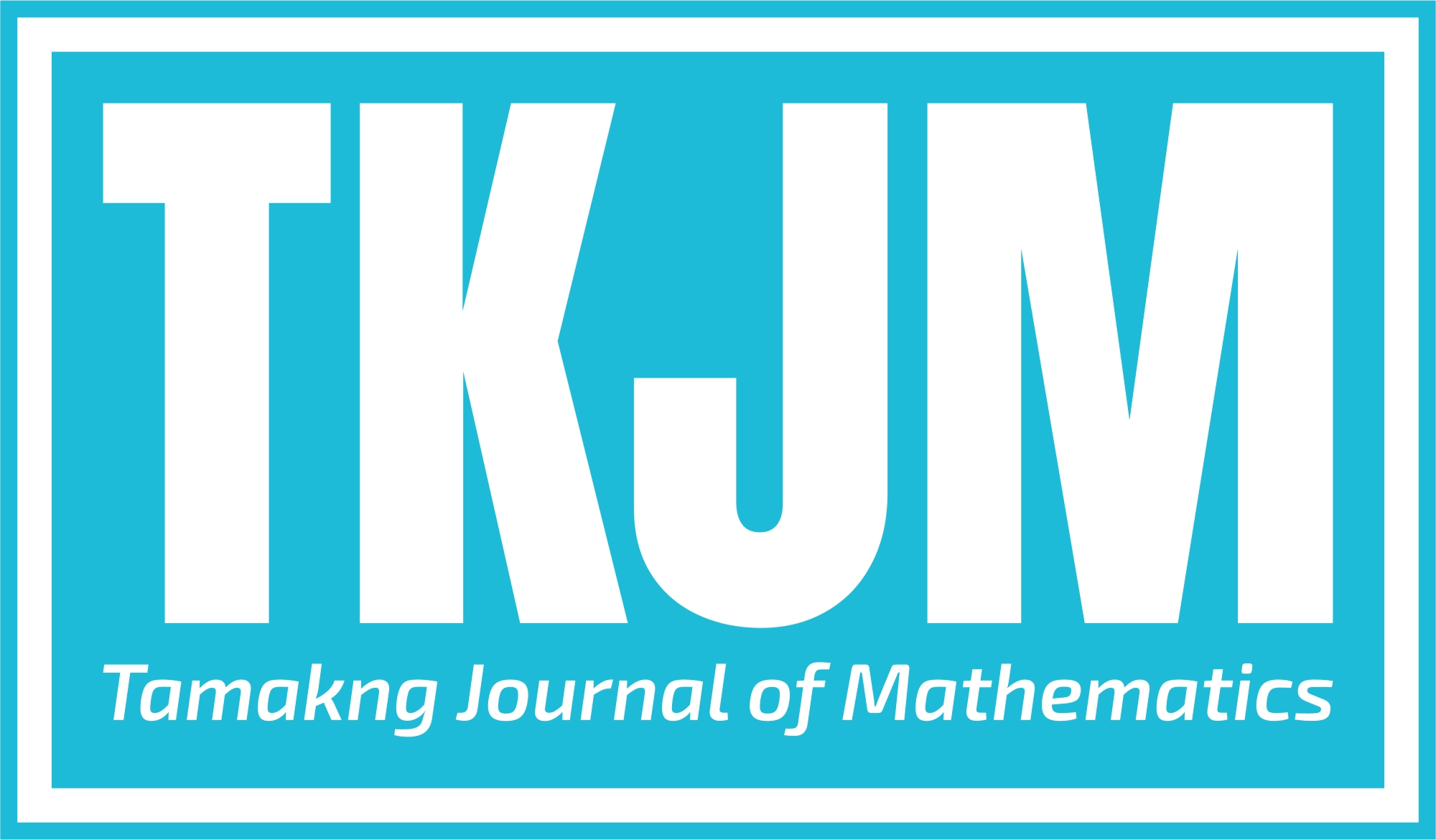On the Diophantine Equation $F_n = x^a \pm x^b \pm 1$ in Mersenne and Fermat Numbers
Main Article Content
Abstract
In this article we investigate on the representation of Fibonacci numbers in the form x^a \pm x^b pm 1, for x in the sequence of Mersenne and Fermat numbers.
Article Details

This work is licensed under a Creative Commons Attribution-NonCommercial-ShareAlike 4.0 International License.
References
Y. Bugeaud, M. Mignotte and S. Siksek, Classical and modular approaches to exponential Diophantine equations. I. Fibonacci and Lucas perfect powers, Ann. of Math. 163(3) (2006), 969–1018.
J. J. Bravo, C. A. Gómez and F. Luca, Powers of two as sums of two k–Fibonacci numbers, Miskolc Math. Notes, 17(1) (2016), 85–100.
A. Dujella and A. Pethő, A Generalization of a Theorem of Baker and Davenport, Quart. J. Math. Oxford 49 (1998), 291–306.
S. Guzmán and F. Luca, Linear combinations of factorials and S−unitsinabinary recurrence sequence, Ann. Math. Québec 38 (2014), 169–188.
S. Hernández, The Fibonacci numbers of the form 2a ± 2b + 1, The Fibonacci Quart. 56(4) (2018), 354–359.
B. Kafle, S. E. Rihane and A. Togbé, Pell and Pell–Lucas numbers of the form xa ± xb + 1. Bol. Soc. Mat. Mex. 26(3) (2020), 879–893.
S. Laishram and F. Luca, Fibonacci numbers of the form xa ± xb ± 1, The Fibonacci Quart. 52(4) (2014), 290–295.
F. Luca and L. Szalay, Fibonacci numbers of the form pa ± pb + 1, The Fibonacci Quart. 45 (2007), 98–103.
E. M. Matveev, An Explicit Lower Bound for a Homogeneous Rational Linear Form in the Logarithms of Algebraic Numbers, Izv. Math. 64 (2000), 1217–1269.
